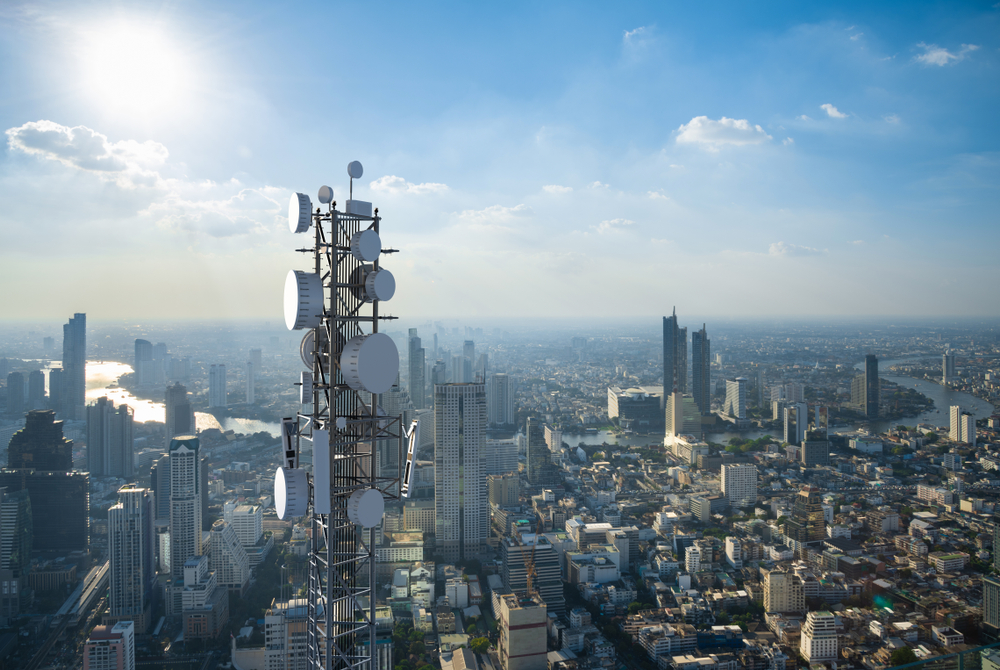To say the transition to 5G telecom networks has been messy is an understatement, especially when it comes to the coexistence of 5G and aviation. Potential interference of 5G with airplane altimeters — a critical system in aircraft takeoff and approach — could create dangerous challenges for pilots, but there’s no real plan for enabling 5G while simultaneously protecting planes.
For the time being, the only solution is a stopgap: Major carriers won’t roll out 5G networks in proximity to airports, and the FAA and FCC will work together to protect planes from C-band interference.

The 5G conundrum
Interference isn’t a new problem for 5G. Even before the earliest networks began to take shape, the FAA warned heavy activity on the C-band of the wireless spectrum could interfere with critical avionics — namely, altimeters. According to an FAA report issued in 2020, noise from commercial 5G networks could cause a significant range of problems for altimeter function.
Altimeter receivers operate in the 4.2GHz to 4.4GHz range on the radio frequency spectrum. This is almost directly adjacent to the range of 5G mobile networks: 3.7GHz to 3.98GHz, which creates the potential for crossover interference in urban areas where bandwidth is quickly saturated.
The crux of the problem is a disagreement over responsibility. Telecoms and the FCC continue to push for rollout, citing what they call an overreaction on the part of the FAA. Meanwhile, the FAA believes the burden of mitigating potential interference falls to telecoms. The two sides remain deadlocked, which continues to push near-airport 5G rollouts further and further back.

What’s the solution?
It’s not as if there’s no solution to safeguarding altimeters and continuing the expansion of 5G coverage. In fact, there’s already precedent for mitigating potential C-band noise. France has created a 5G buffer zone around the approach points at major airports. England has also worked to filter noise from C-band congestion around airports. Major telecoms contend this is the path forward for U.S. airports where interference is a concern.
“We are frustrated by the FAA’s inability to do what nearly 40 countries have done, which is to safely deploy 5G technology without disrupting aviation services,” said an AT&T spokesman. This, after executives from Airbus and Boeing sent letters to Secretary of Transportation Pete Buttigieg voicing concerns about the aggressive rollout of 5G networks.
While there are several solutions for safeguarding airports, clearing the first hurdle means delegating responsibility. Whose job is it to create a C-band safety buffer? Until it’s someone’s job, it’s everyone’s problem.
Private aviation has more at stake
While much of the concern about 5G interference centers on commercial aviation, private aviation faces an additional set of problems. Private jets face the same risk of altimeter interference, and it’s up to every individual jet owner to comply with the FAA’s airworthiness directive to get altimeter approval. The potential for chaos is akin to the prospect of herding cats.
More than half of regional fleets, and a substantially larger segment of private aviation, either aren’t cleared to operate in 5G areas or have limited clearance. Until private jet owners and regional fleets upgrade, they risk running into the interference outlined by the FAA. And while complying with the 5G-related airworthiness directive is simple enough, it’s still up to every jet owner to take action.
